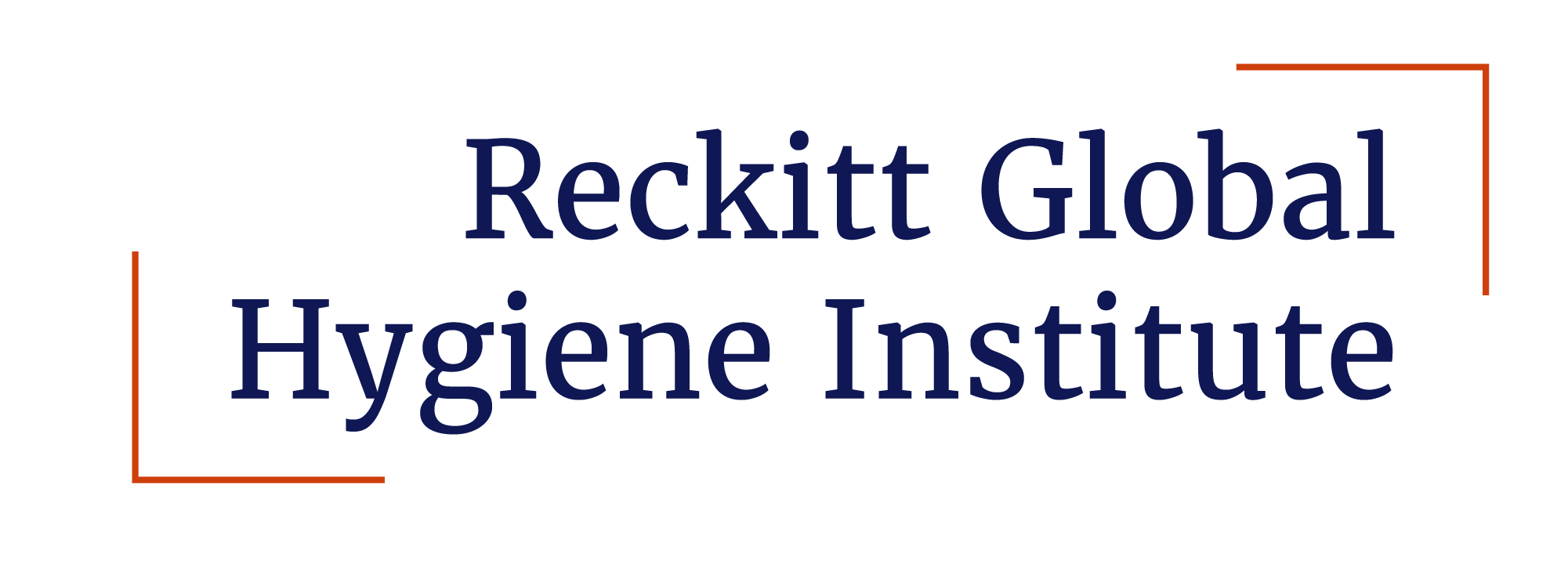Bridging the Gap in Pandemic Response: The Vital Role of Hygiene Research in Public Health
Sarah Roberts, Executive Director, RGHI — 7 November 2024
The UK’s groundbreaking move to establish the world’s first real-time early warning system for monitoring pandemic threats marks a significant step in protecting public health. This system, created in partnership with the government, Genomics England, UK Biobank, NHS England, and Oxford Nanopore, leverages cutting-edge genomic sequencing to swiftly identify pathogens, enabling a rapid and effective response to emerging biological threats. However, while the technology to detect and monitor pathogens is essential, it only forms part of the comprehensive approach needed to safeguard public health.
Closing the Gap Between Detection and Response
The rapid detection of pathogens, while crucial, creates an immediate challenge: what happens after these threats are identified but before vaccines or therapeutics can be developed? This phase, which can span weeks to months, is where hygiene practices become indispensable in controlling infection rates and limiting the spread of disease.
The initial outbreak of COVID-19 highlighted this gap starkly. Although global efforts quickly identified the virus, the development and distribution of vaccines took time. During that critical period, public health measures such as hand hygiene, mask-wearing, and social distancing were the primary lines of defence. The success of these measures underscored an important reality: public adherence to hygiene practices can significantly influence the trajectory of an outbreak.
The Importance of Evidence-Based Hygiene Practices
For hygiene measures to be effective and widely adopted, they must be backed by rigorous research and clear evidence. This is where hygiene research steps in to play an indispensable role. Research enables public health authorities to understand which practices are most effective against specific pathogens, how they can be implemented in various settings, and what communication strategies are most likely to motivate public adherence.
The work of hygiene researchers underpins the development of actionable recommendations, turning scientific findings into practical guidelines that can be swiftly disseminated to the public. Evidence-based insights provide credibility, enhancing public trust and compliance with recommended practices. For instance, during the early stages of a new respiratory pathogen outbreak, knowing whether surface cleaning, hand sanitisation, or air filtration should be prioritised can make a significant difference in controlling the spread.
Motivating Public Support Through Research
Public support for hygiene measures often hinges on clear and compelling evidence. People are more likely to adopt recommended behaviours if they understand why they are necessary and how they contribute to broader public health efforts. Hygiene research helps provide this rationale. Studies demonstrating the impact of handwashing or mask-wearing on reducing transmission rates empower public health campaigns with the data needed to convince the public of their efficacy.
Moreover, research into behavioural science complements hygiene research by exploring how best to communicate these findings and overcome resistance to adoption. For example, messages emphasising the community-wide benefits of individual actions or presenting hygiene practices as part of a collective effort can resonate more effectively and lead to sustained behaviour change.
Conclusion
While advanced technologies and early warning systems are central to modern pandemic preparedness, the role of hygiene research is equally critical. It not only supports immediate public health measures but also provides the evidence needed to guide behaviour and motivate public compliance. As we look to future challenges, a holistic approach that combines technological innovation with robust hygiene research and public engagement will be key to preventing disease and protecting communities.


